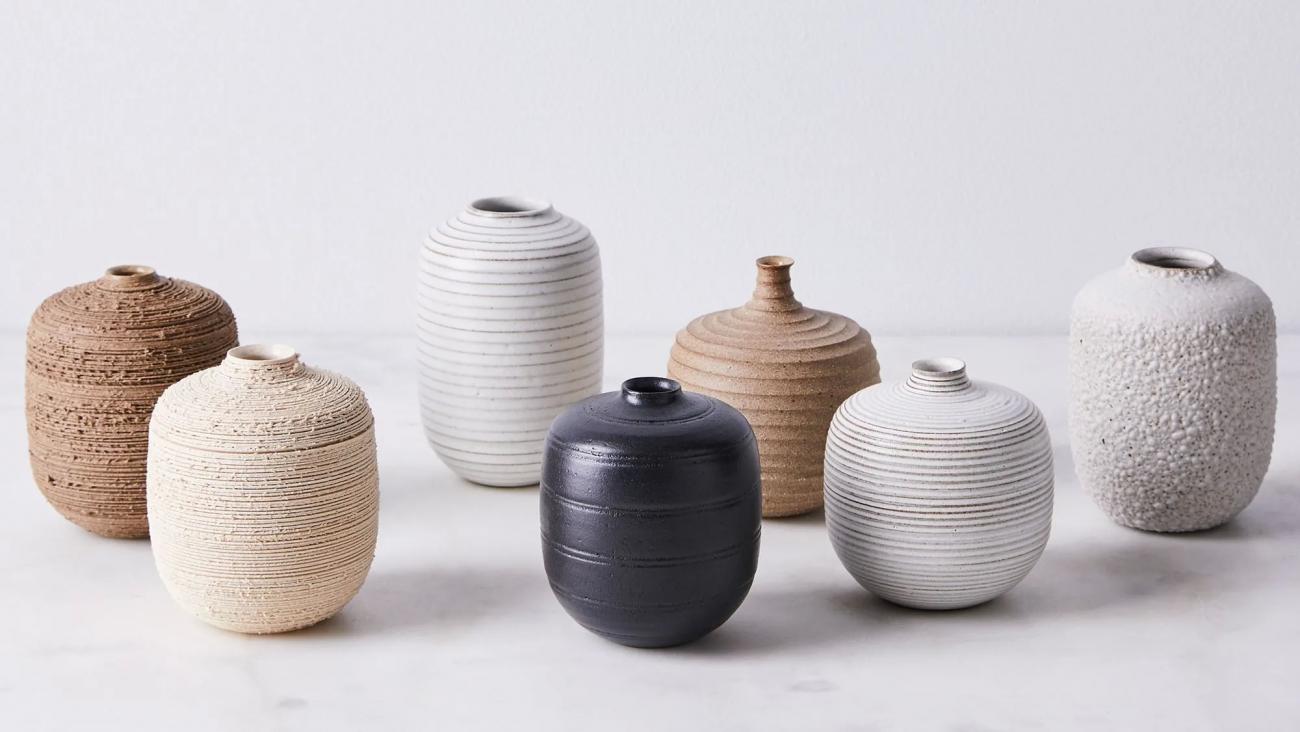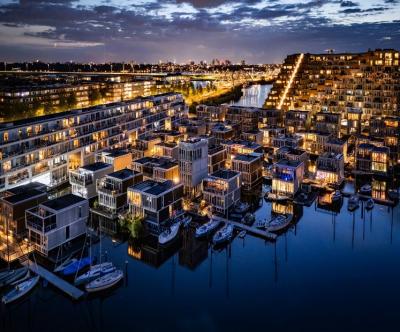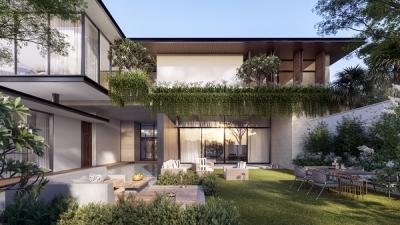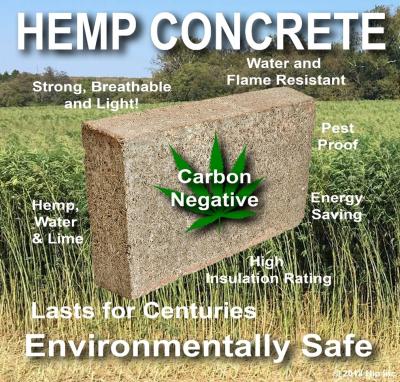
What Are Ceramics?
The term "ceramics" originates from the Greek word keramos, meaning "potter's clay." Today, ceramics encompass a broad spectrum of materials ranging from traditional pottery to high-performance engineering ceramics. Formed by mixing clay, earthy materials, and water, ceramics are shaped and heated at high temperatures to achieve their characteristic hardness, durability, and resistance to heat and chemicals.

Key Ingredients of Ceramics:

Properties of Ceramics
Challenges:
While ceramics are celebrated for their strength and durability, their brittleness and low tensile strength can limit their applications in dynamic environments. Advanced processing methods are often required to overcome these challenges.
Types of Ceramics
Traditional Ceramics:
These include earthenware, porcelain, and vitrified tiles. Commonly made from clay minerals, feldspar, and silica, traditional ceramics are widely used in construction, pottery, and household items.
 |
 |
Advanced Ceramics:
Engineered for specific applications, these materials exhibit enhanced properties:
|
Alumina |
Zirconia |
Silicon Carbide |
Silicon Nitride |
Bioceramics:
These materials, such as hydroxyapatite and zirconia, are used in medical implants and tissue engineering due to their biocompatibility and non-toxic properties.

Piezoelectric Ceramics:
Specialized ceramics like lead zirconate titanate (PZT) are used in sensors, actuators, and ultrasonic devices for their ability to convert mechanical stress into electrical signals.

Applications of Ceramics
ISO Standards for Ceramics
The International Organization for Standardization (ISO) has developed specific standards under the ICS 81.060 series to ensure the quality and consistency of ceramics in various industries. These include testing methods, raw material standards, and advanced ceramic classifications, catering to both traditional and high-tech applications.
Advantages of Ceramics
Limitations of Ceramics
By integrating advanced materials and innovative techniques, ceramics continue to revolutionize industries ranging from healthcare to aerospace. Their versatility and reliability make them indispensable, promising a future of sustainable and efficient applications.

The News 25/12/2025
Walking by Ba Son at night and seeing the sky like "turning on the screen"? It is highly likely that you have just met Saigon Marina International Financial Centre (Saigon Marina IFC) – a 55-storey tower at No. 2 Ton Duc Thang (District 1). The façade LED system makes the building look like a giant "LED Matrix": standing far away, you feel like the whole tower is broadcasting content, constantly changing scenes according to the script.

The News 14/12/2025
Architectural Digest gợi ý Cloud Dancer phù hợp với plush fabrics và những hình khối “mềm”, tránh cảm giác cứng/rigid; họ liên hệ nó với cảm giác “weightless fullness” (nhẹ nhưng đầy) [3]. Đây là cơ hội cho các dòng vải bọc, rèm, thảm, bedding: màu trắng ngà làm nổi sợi dệt và tạo cảm giác chạm “ấm”.Pantone has announced the PANTONE 11-4201 Cloud Dancer as the Color of the Year 2026: a "buoyant" and balanced white, described as a whisper of peace in the midst of a noisy world. This is also the first time Pantone has chosen a white color since the "Color of the Year" program began in 1999. Pantone calls Cloud Dancer a "lofty/billowy" white tone that has a relaxing feel, giving the mind more space to create and innovate [1].

The News 04/12/2025
The Netherlands is one of the most vulnerable countries to climate change, with about a third of its area lying below sea level and the rest regularly at risk of flooding. As sea levels are forecast to continue to rise and extreme rains increase, the government is not only strengthening dikes and tidal culverts, but also testing new adaptation models. Floating housing in Amsterdam – typically the Waterbuurt and Schoonschip districts – is seen as "urban laboratories" for a new way of living: not only fighting floods, but actively living with water. In parallel with climate pressures, Amsterdam faces a shortage of housing and scarce land funds. The expansion of the city to the water helps solve two problems at the same time: increasing the supply of housing without encroaching on more land, and at the same time testing an urban model that is able to adapt to flooding and sea level rise.

The News 20/11/2025
Kampung Admiralty - the project that won the "Building of the Year 2018" award at the World Architecture Festival - is a clear demonstration of smart tropical green architecture. With a three-storey "club sandwich" design, a natural ventilation system that saves 13% of cooling energy, and a 125% greening rate, this project opens up many valuable lessons for Vietnamese urban projects in the context of climate change.

The News 10/11/2025
In the midst of the hustle and bustle of urban life, many Vietnamese families are looking for a different living space – where they can enjoy modernity without being far from nature. Tropical Modern villa architecture is the perfect answer to this need. Not only an aesthetic trend, this is also a smart design philosophy, harmoniously combining technology, local materials and Vietnam's typical tropical climate.

The News 25/10/2025
Hemp-lime (hempcrete) is a non-load-bearing covering material consisting of a hemp wood core (hemp shiv/hurd) combined with a lime-based adhesive, outstanding for its insulation – moisture conditioning – indoor environmental durability; in particular, IRC 2024 – Appendix BL has established a normative line applicable to low-rise housing, strengthening the technical-legal feasibility of this biomaterial.